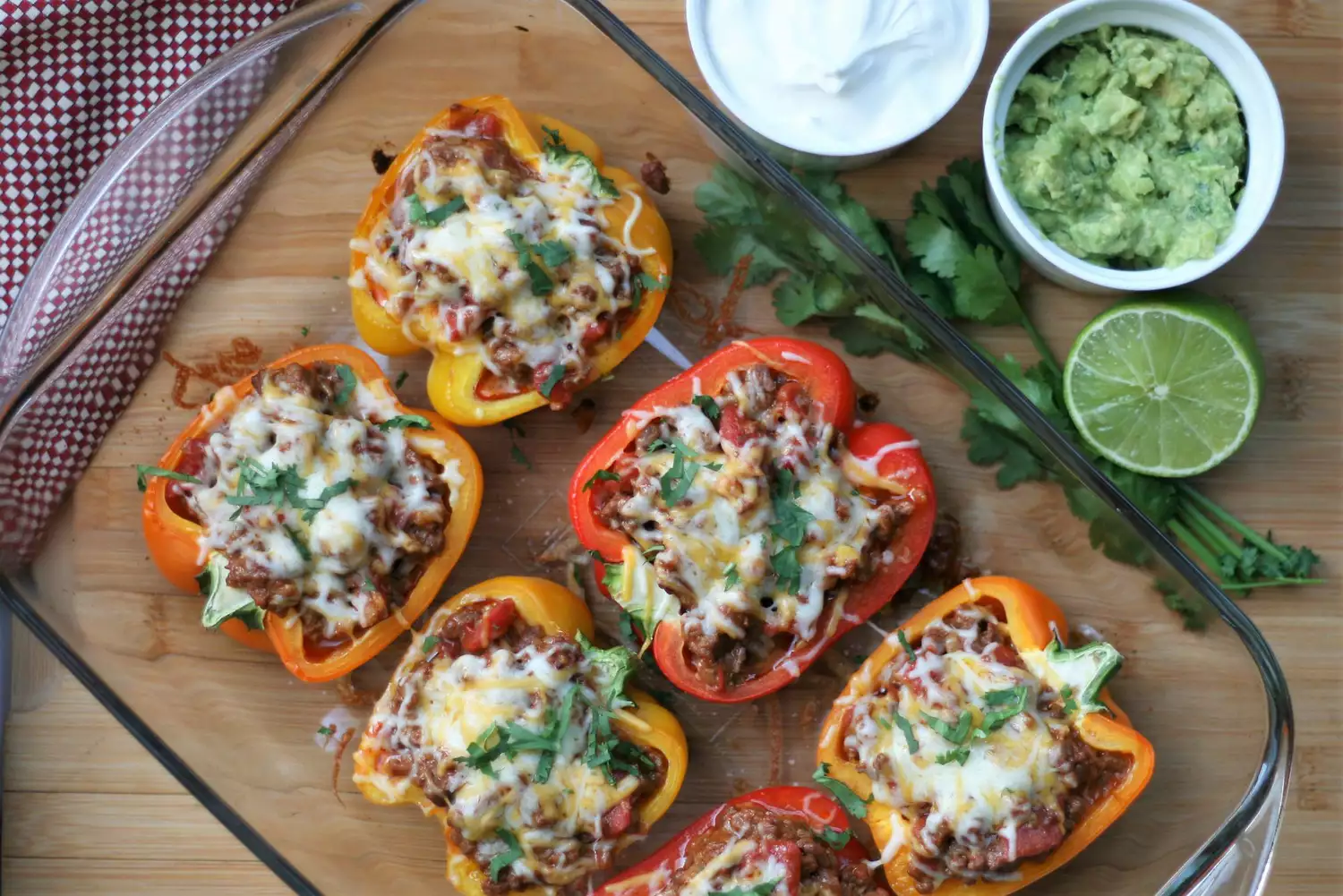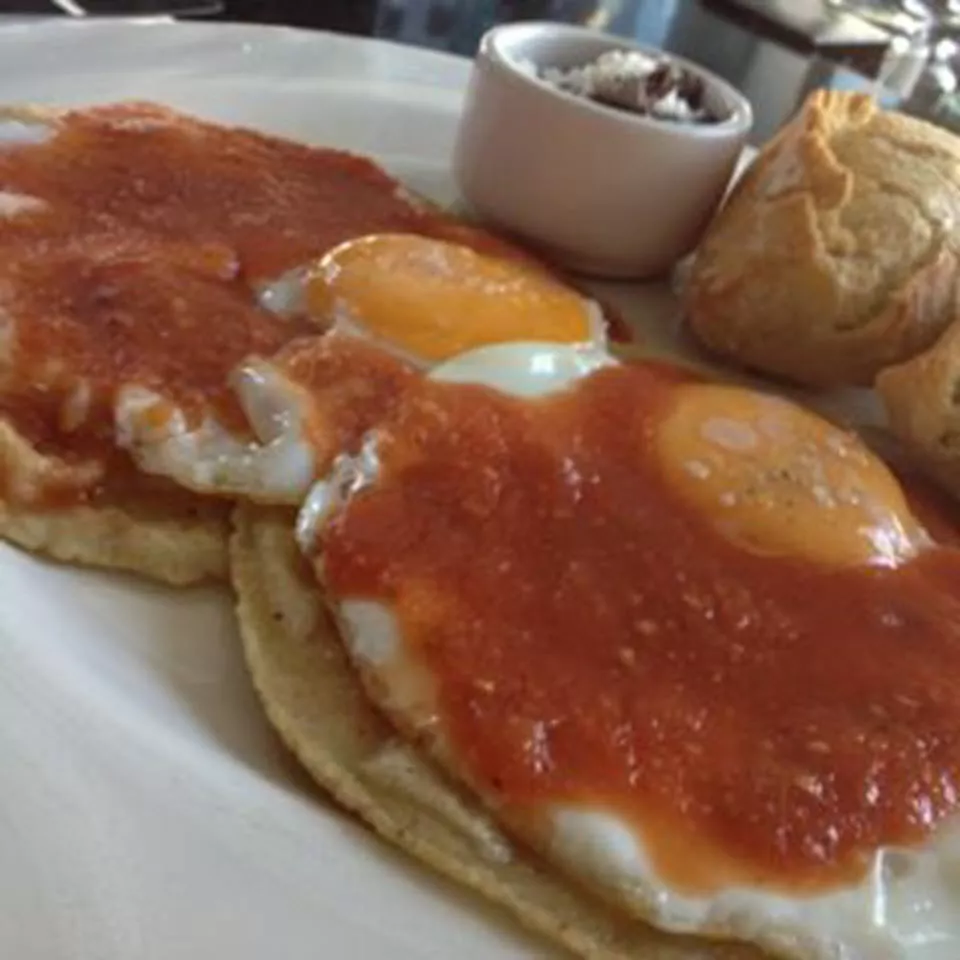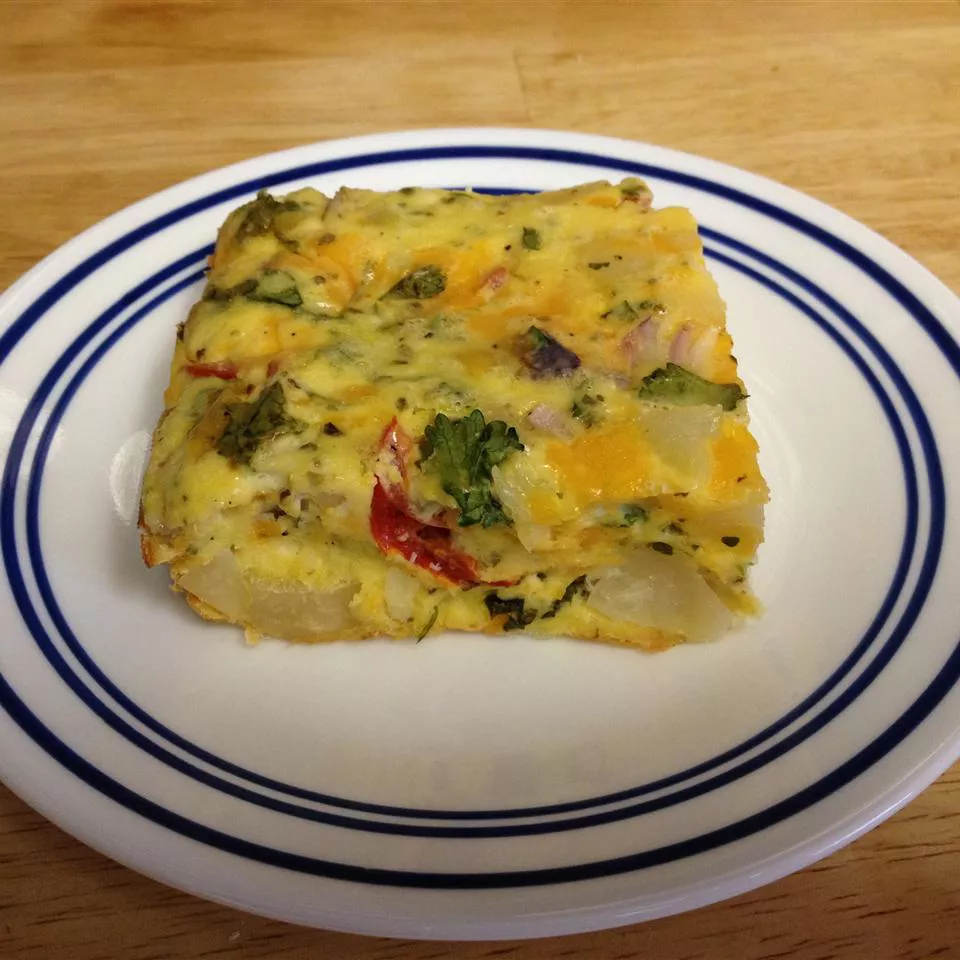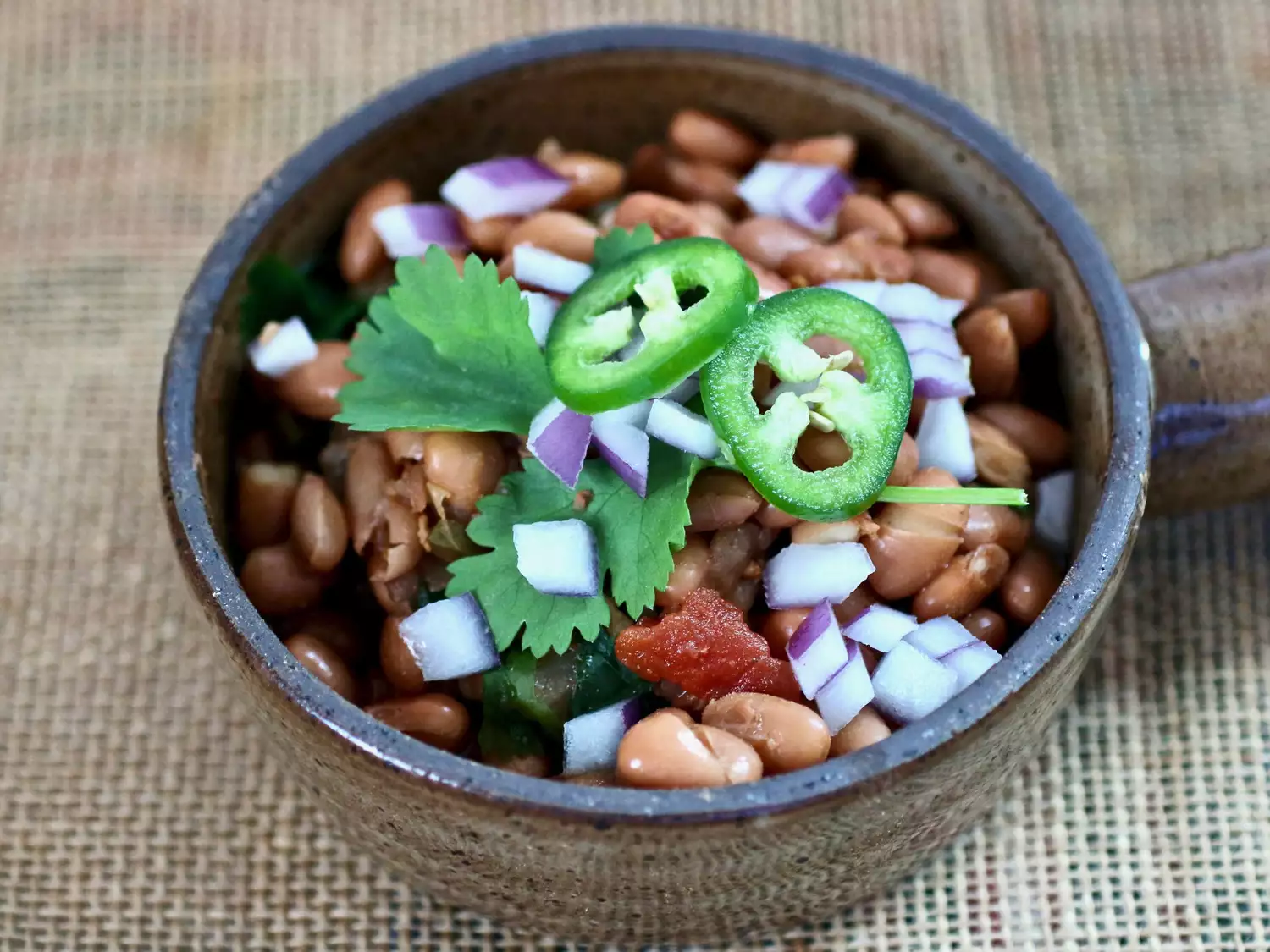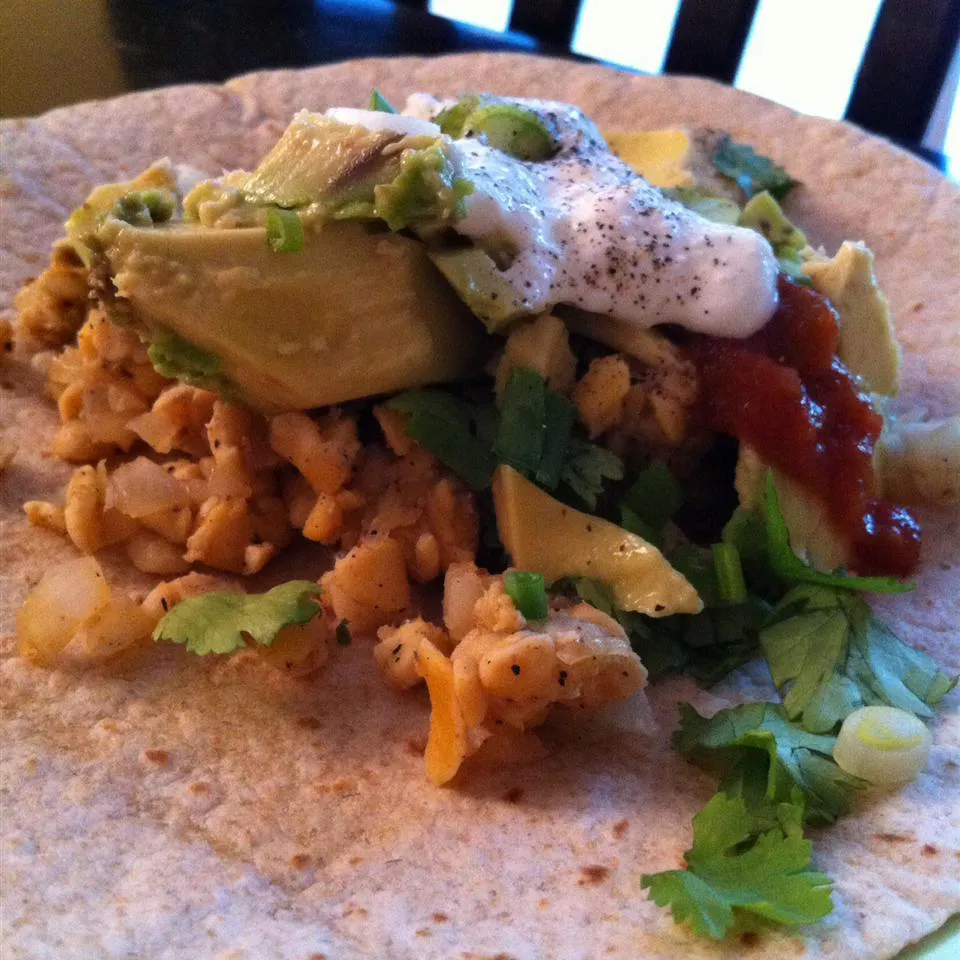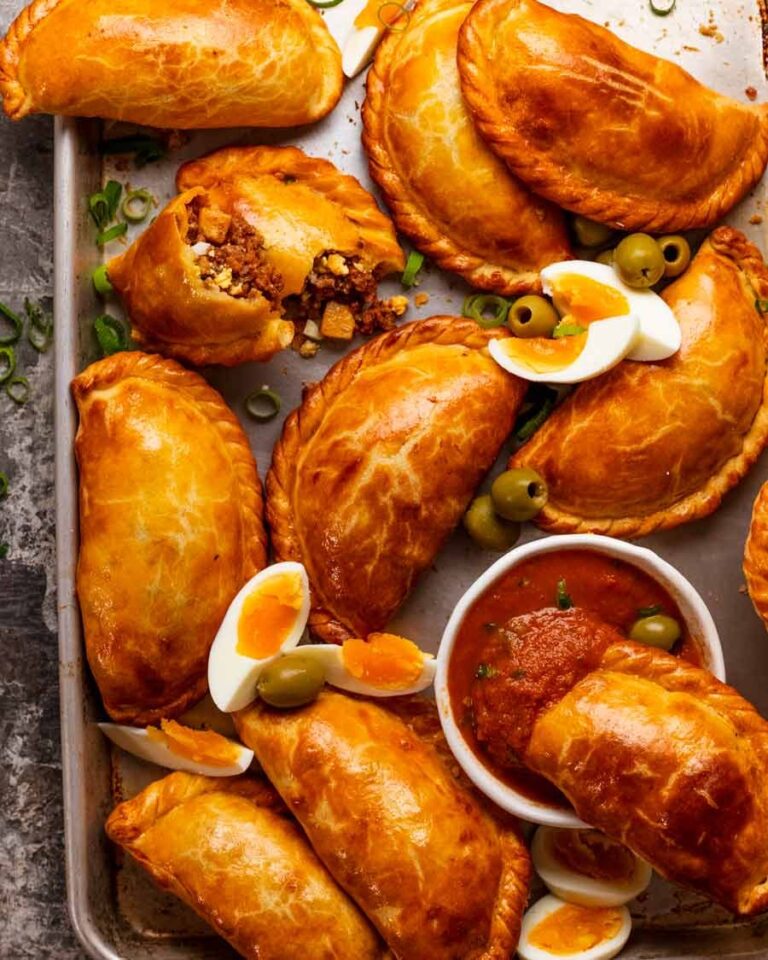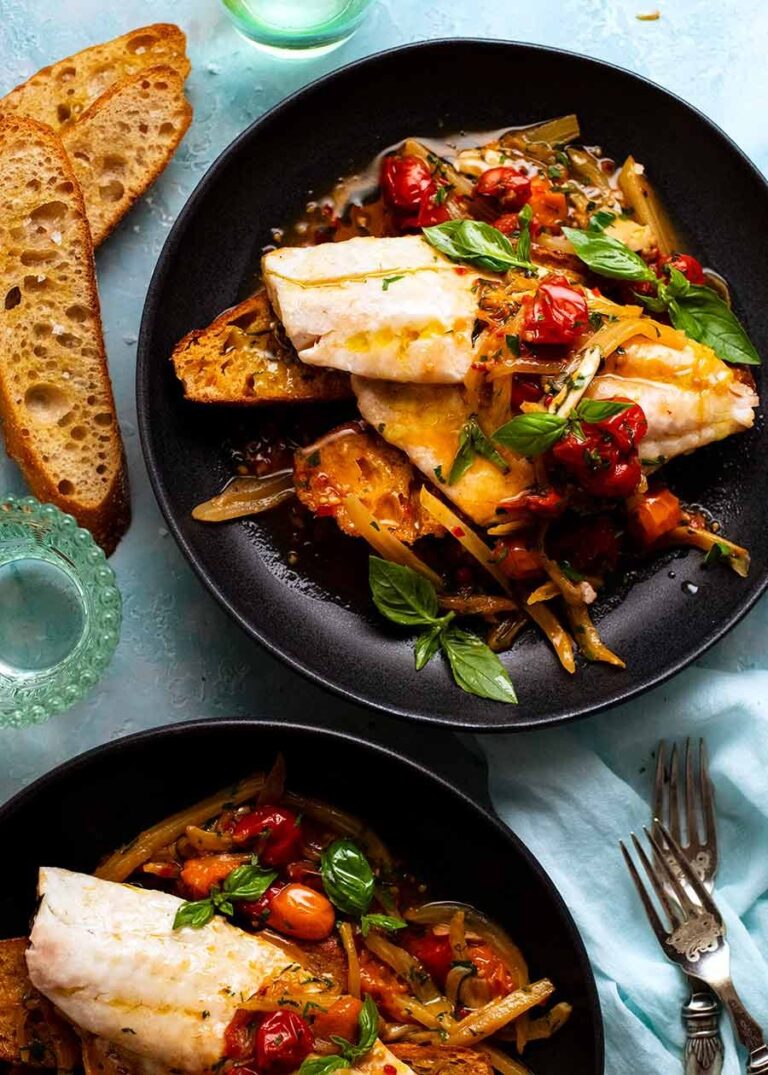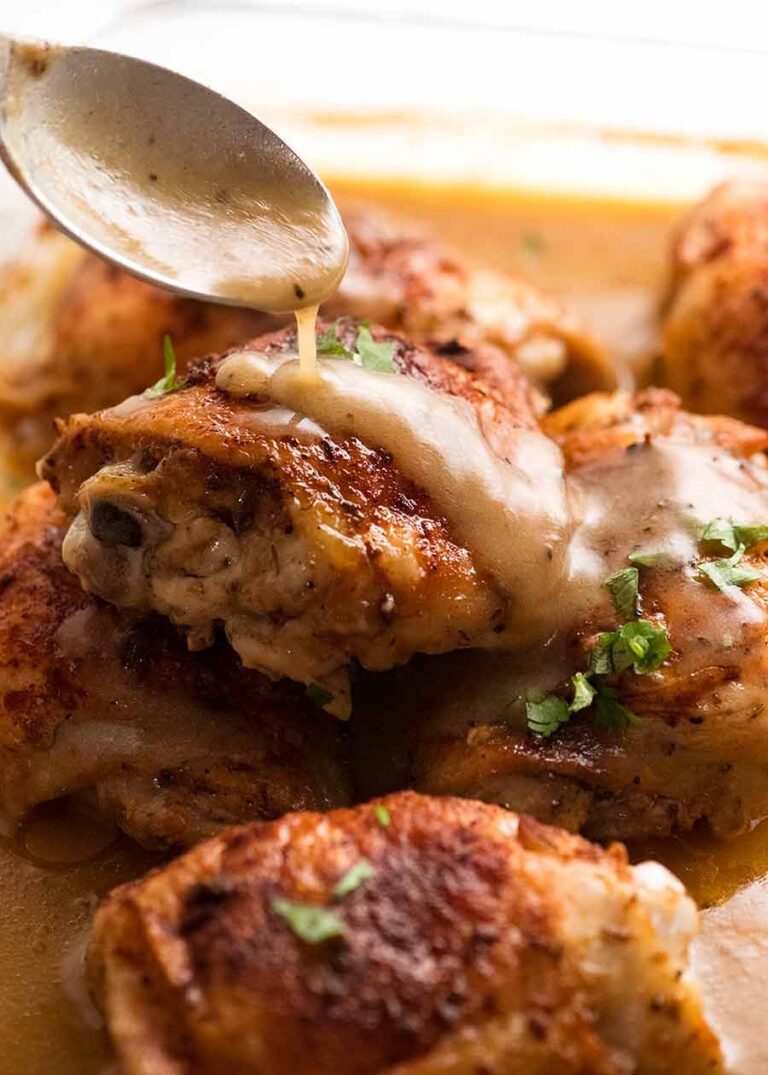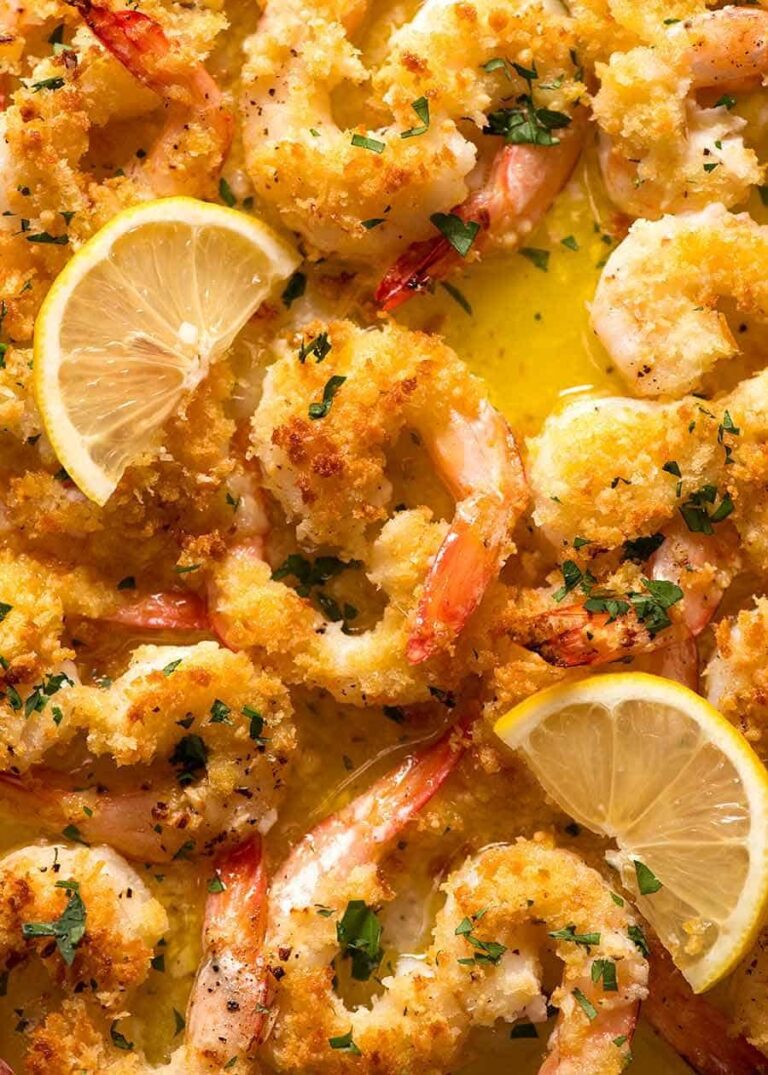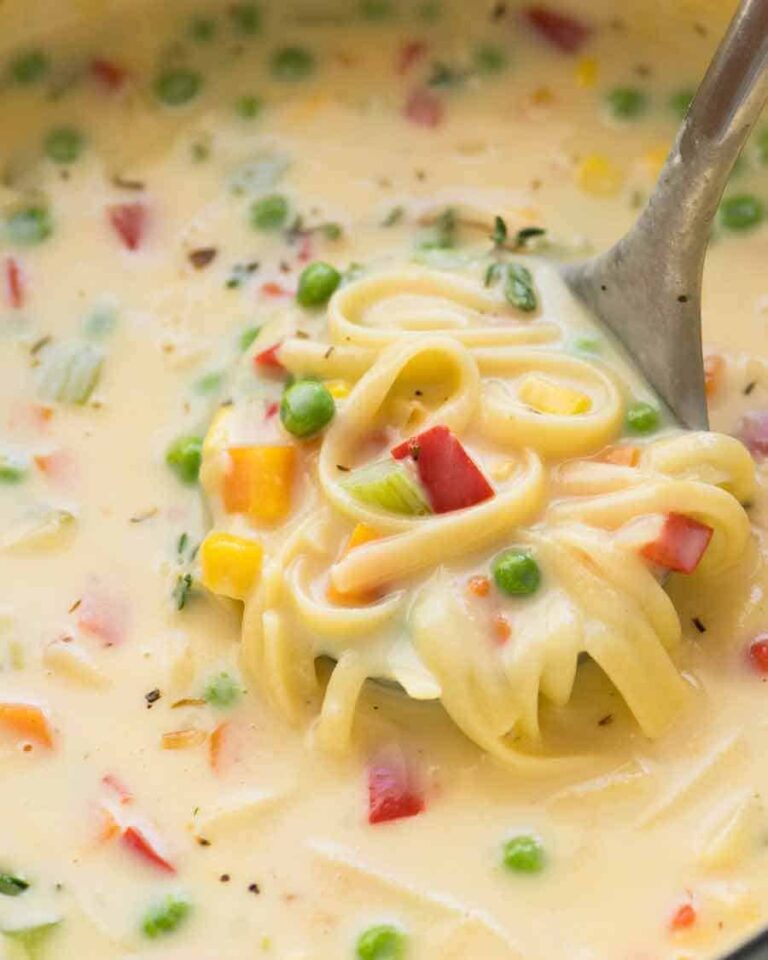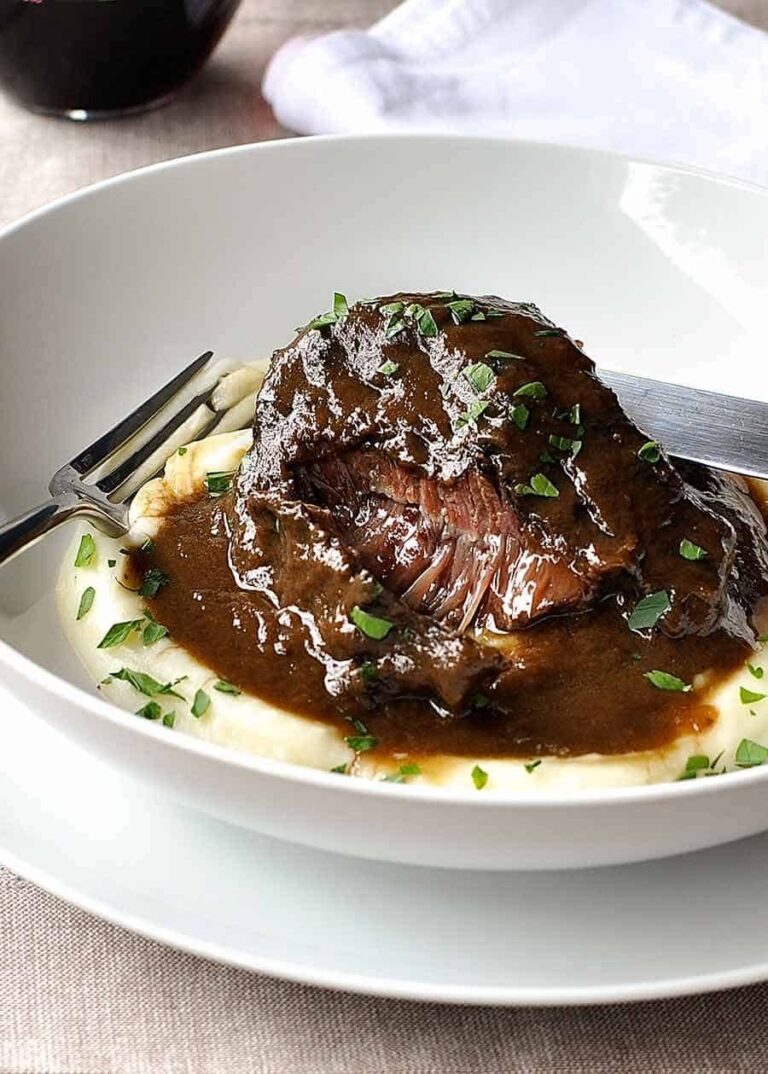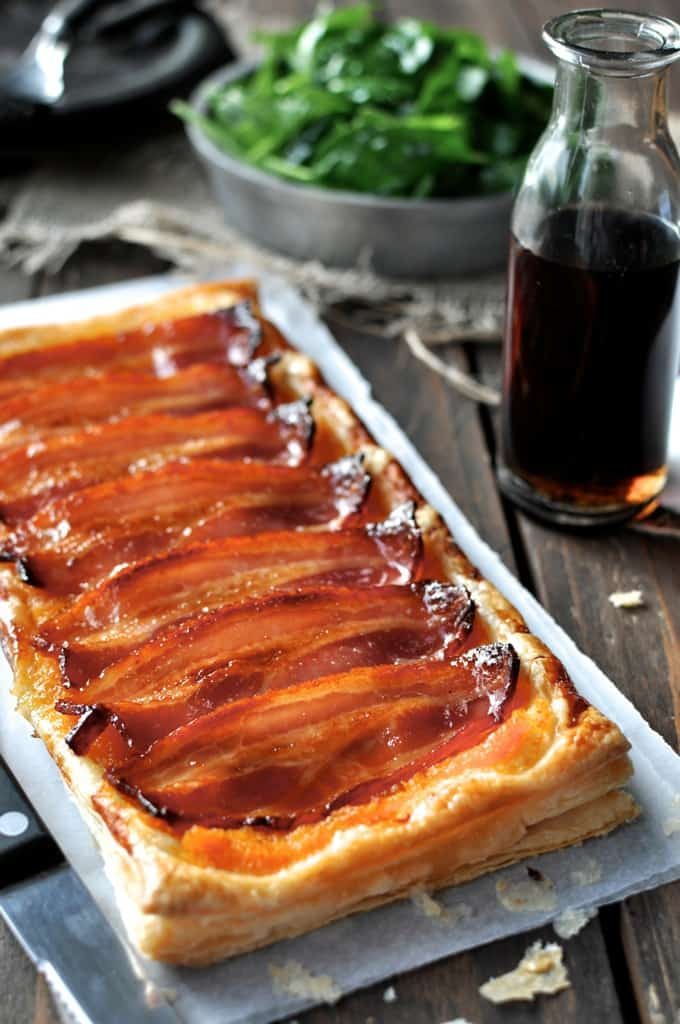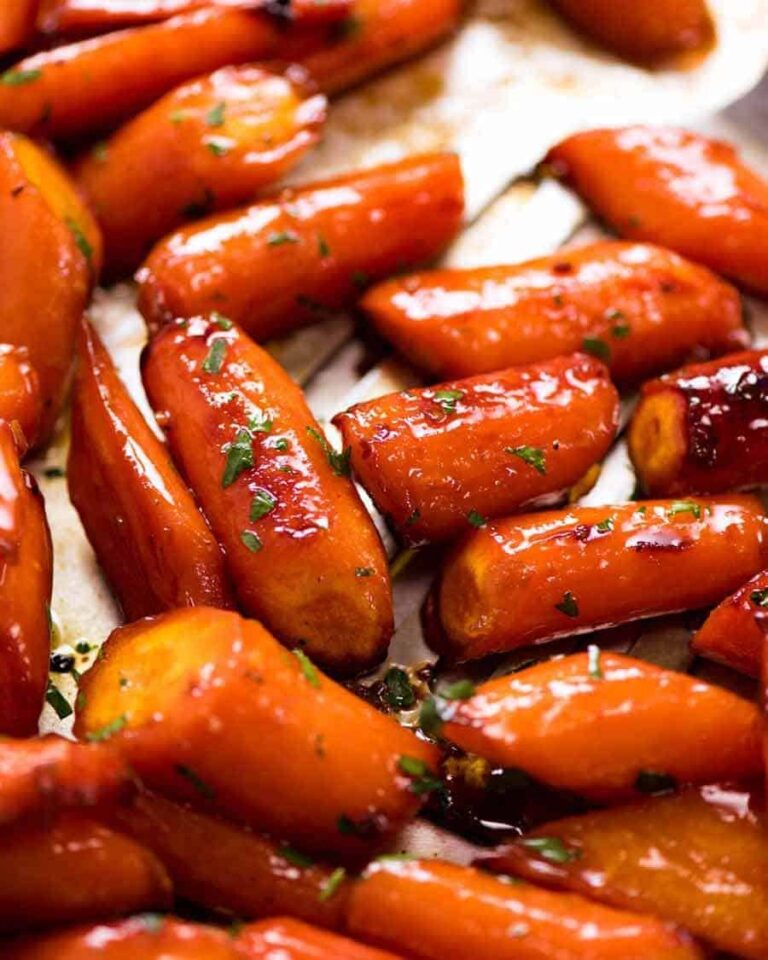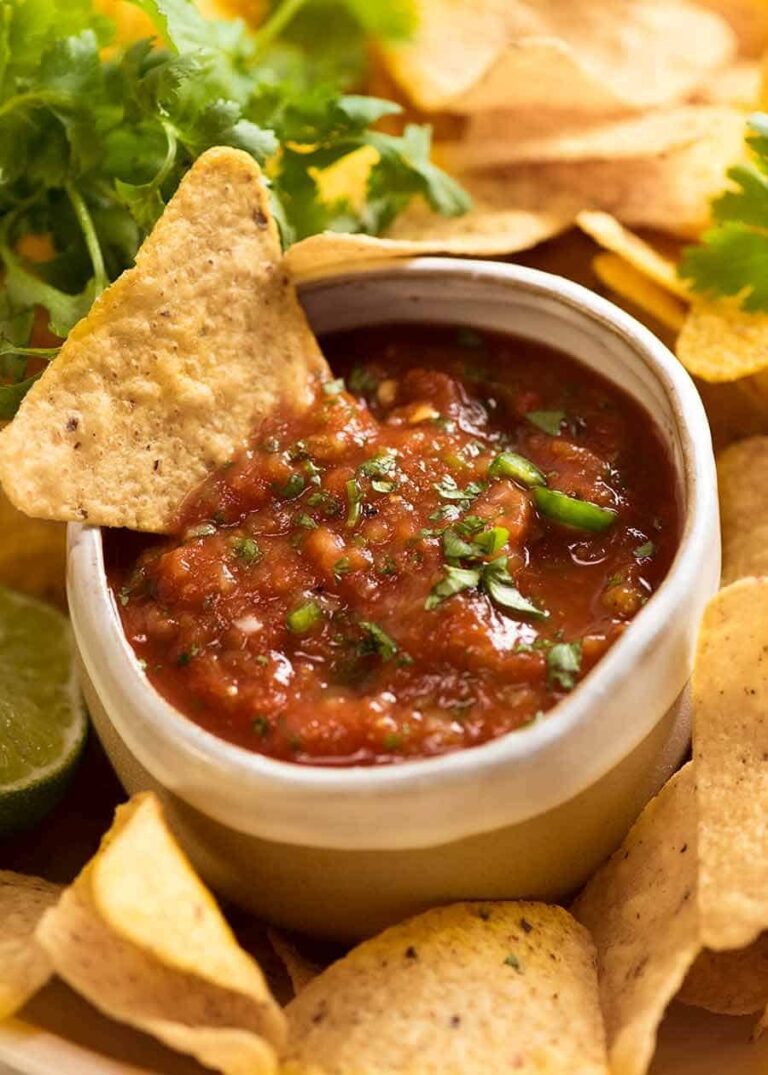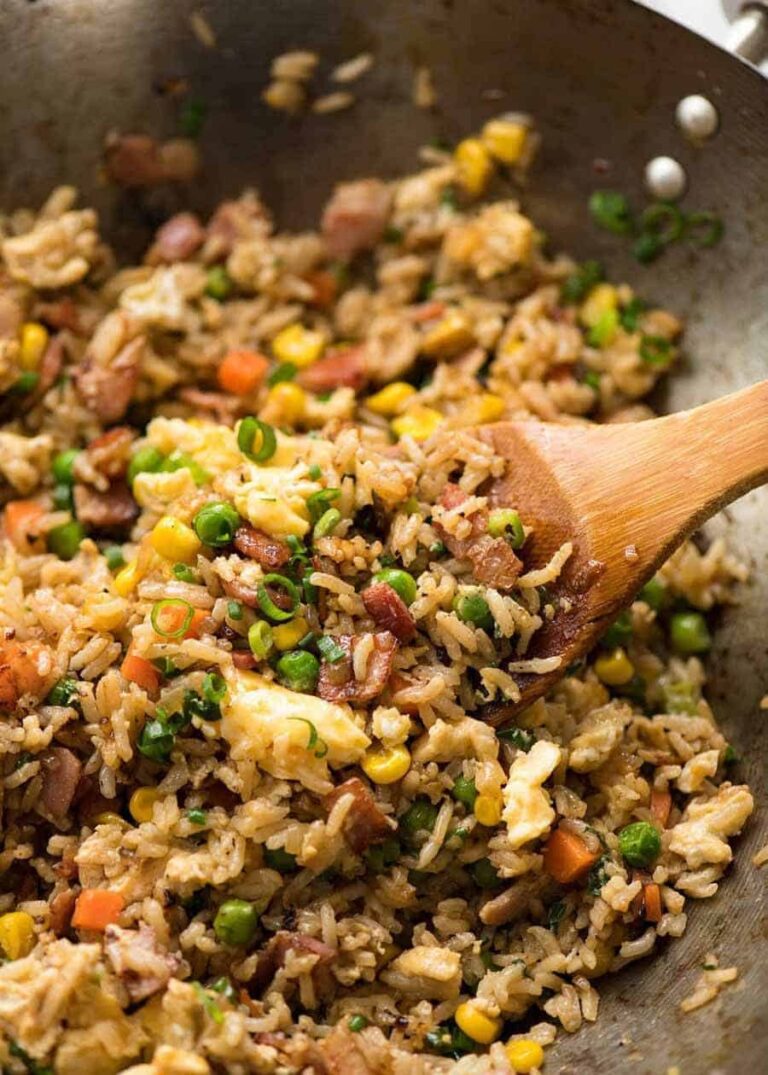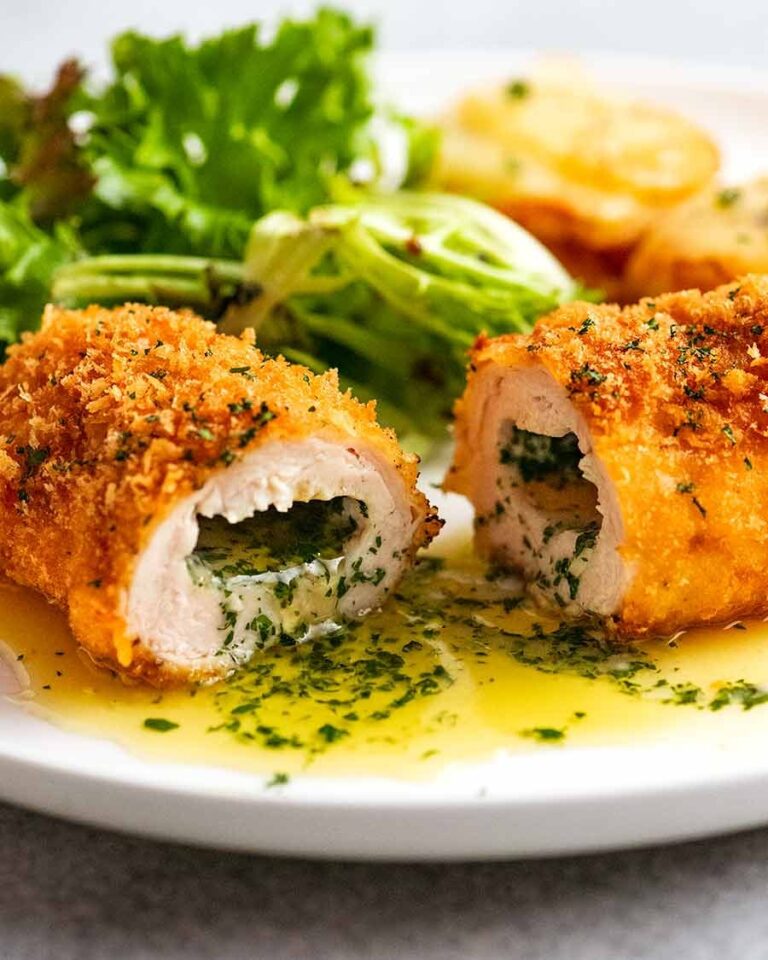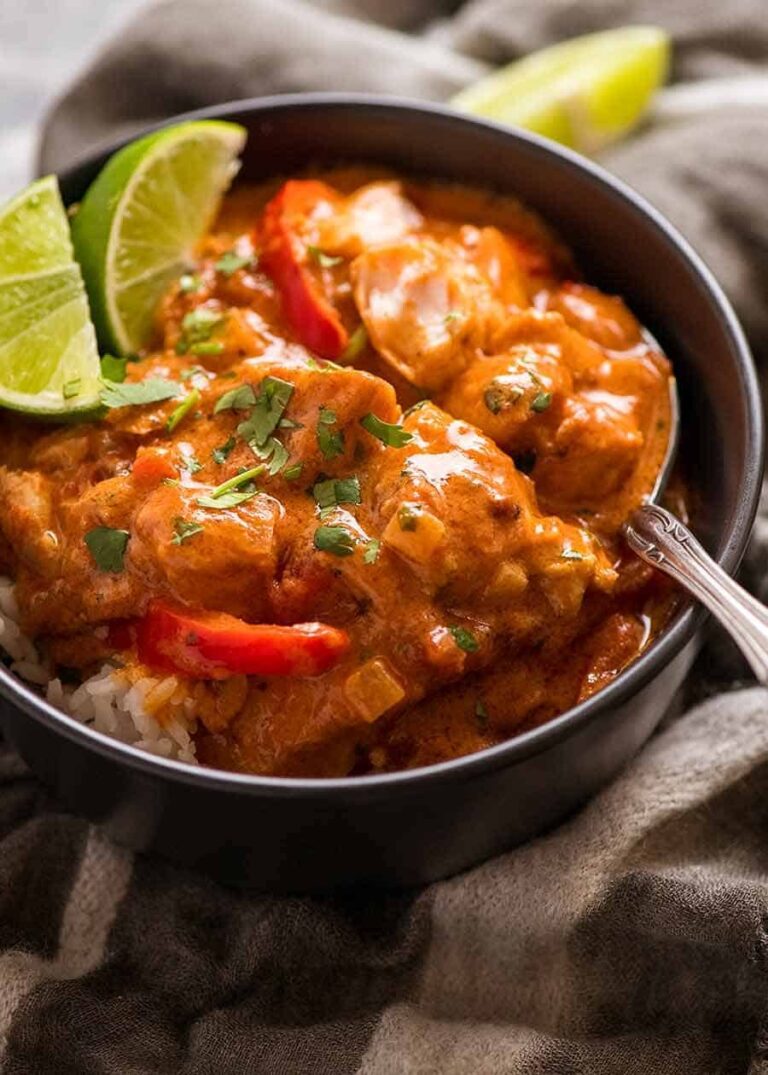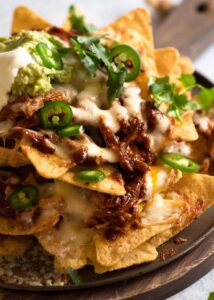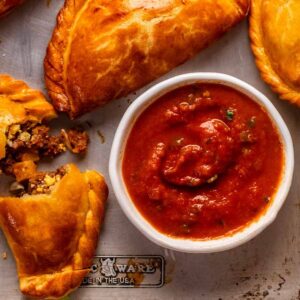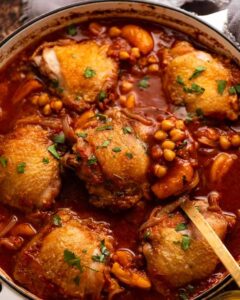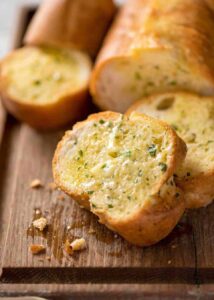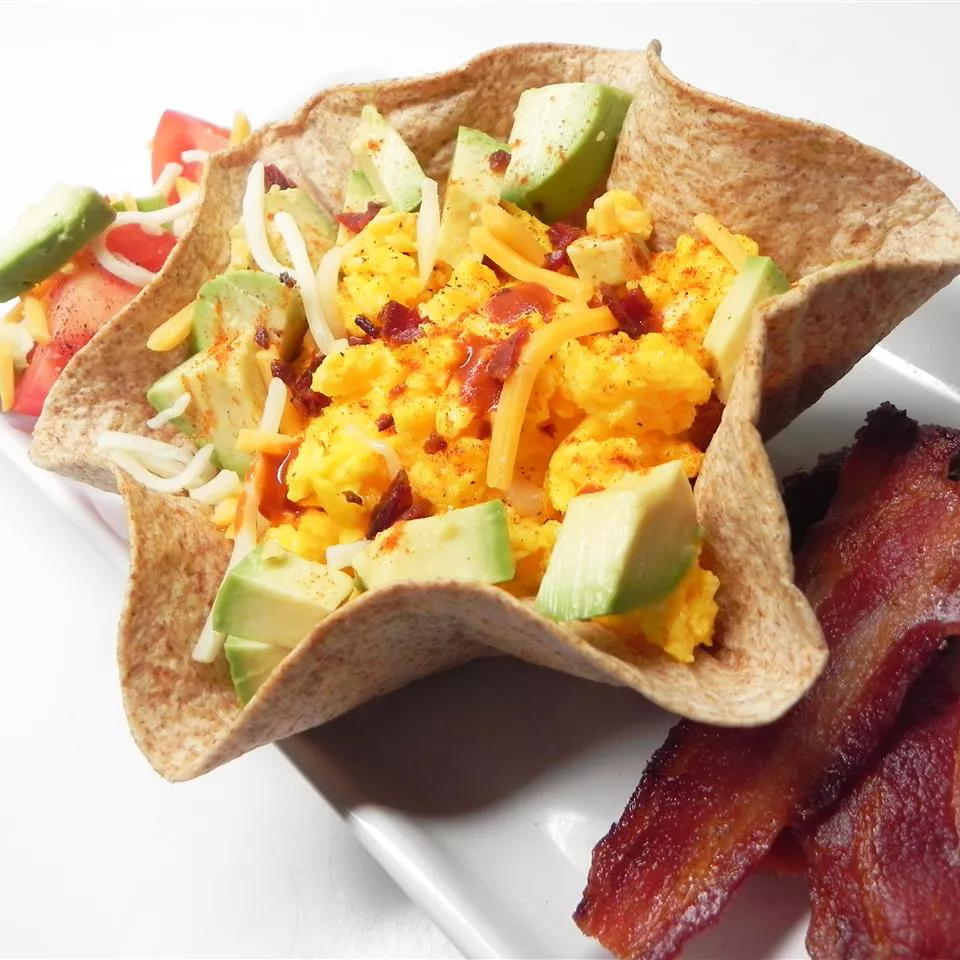
Mongolian Lamb Recipe
Mongolian Lamb is an Aussie favorite, discovered on the menu of each suburban Chinese language restaurant. At “posher” institutions, it’d even arrive on the desk on a sizzling iron plate, scorching and spitting for theatric impact!
Sizzle apart, this do-it-yourself model is a close to good reproduction. Even the velveted texture of the lamb!
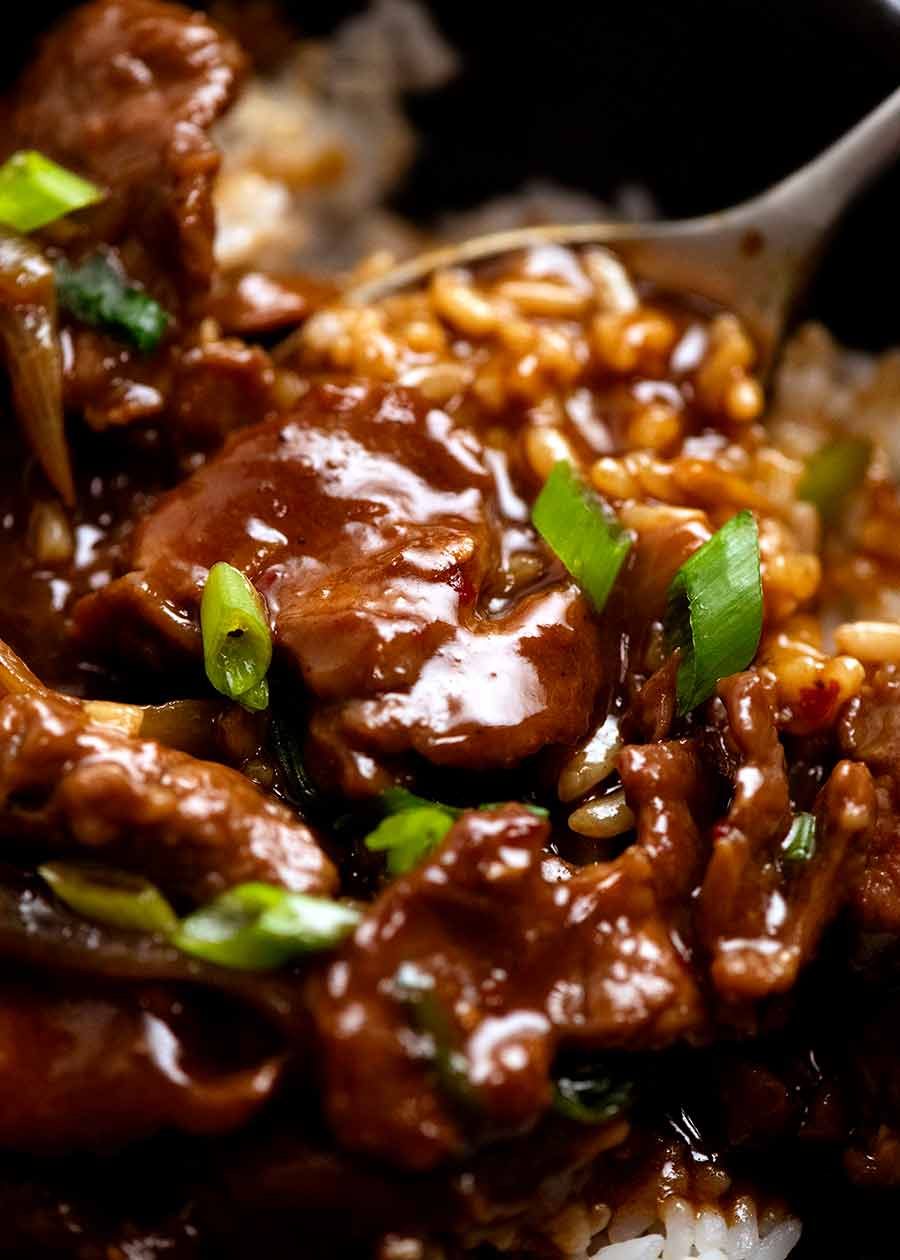
Mongolian Lamb
Mongolian Lamb is a Chinese language stir fry that’s made with tenderised, marinated strips of lamb in a darkish sweet-savoury sauce perfumed with Chinese language 5 Spice.
It’s not an genuine Chinese language dish, and nearly actually has nothing to do with Mongolia. The reality is no person actually is aware of why it’s known as Mongolian Lamb. But it surely’s a Chinese language-Australian takeaway basic nonetheless that each Aussie is aware of and loves!
Is that this the lamb model of American Mongolian Beef?
Nope! Totally different sauce – whereas the American Mongolian Beef can also be candy, it doesn’t have the hoisin 5 spice flavour. Additionally Mongolian Beef is often crispy fried strips of beef. Each are equally scrumptious in several methods!
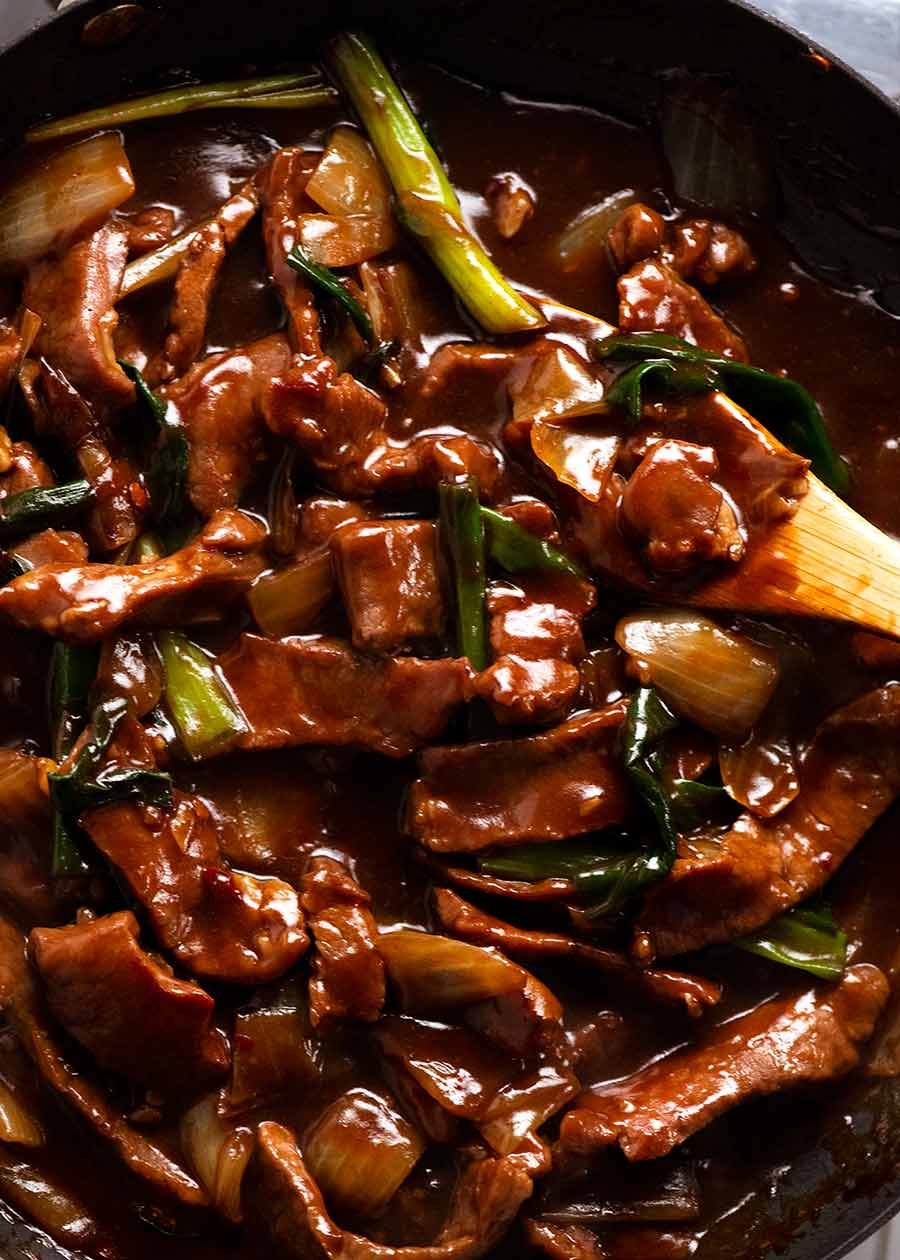
Restaurant copycat
Each restaurant does their Mongolian Lamb in another way and there isn’t, to my data, an ordinary recipe. That is the RecipeTin Household model, a copycat of the Mongolian Lamb we had as children, when going out to the native Chinese language restaurant for dinner was a uncommon and particular deal with!
Mongolian Lamb lovers – this can knock your socks off. I dare to say it’s an ideal reproduction (properly, minus the forged iron pan scorching!)
What goes in Mongolian Lamb Marinade
Right here’s what you want for the Mongolian Lamb marinade which tenderises the lamb – Chinese language restaurant model!
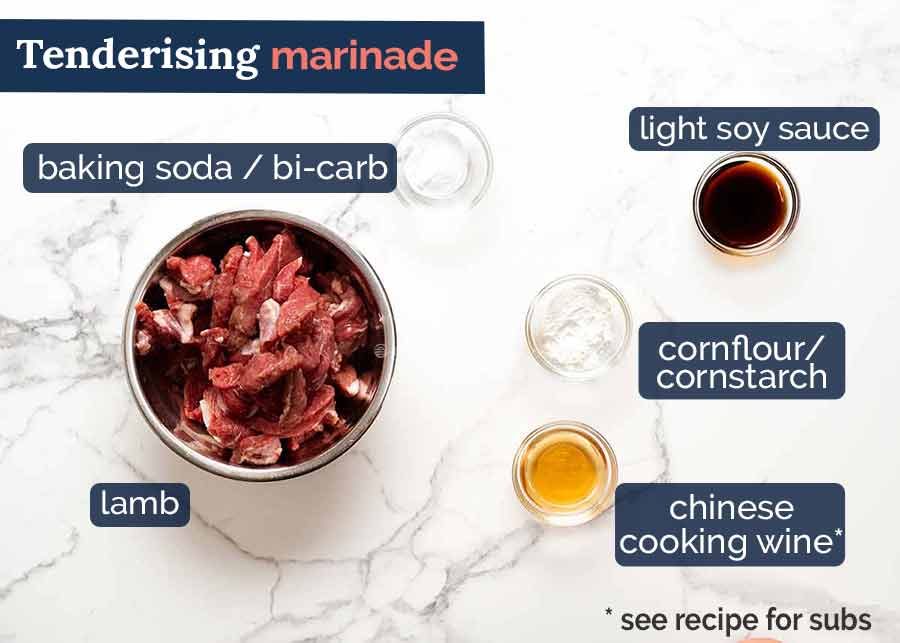
-
Baking soda (bi-carb) and cornflour / cornstarch are used to tenderise the lamb as Chinese language eating places achieve this it’s tender and tender, whether or not utilizing a pricy minimize like backstrap OR economical sluggish cooking minimize like shoulder. Extra on this beneath;
-
Lamb – the perfect minimize is backstrap adopted by mid loin chops then shoulder. Nevertheless, ANY minimize of lamb can be utilized as a result of the meat is tenderised – you simply have to tenderise harder cuts for longer than tender cuts. See record beneath.
-
Soy sauce and Chinese language Cooking Wine(Shaoxing wine) – these add flavour and salt into the lamb. See recipe notes for substitute for Chinese language Cooking Wine.
Greatest lamb for Mongolian Lamb
One of the best minimize is backstrap adopted by mid loin chops then shoulder.
-
Backstrap – a really tender minimize that’s fairly lean, sometimes the minimize of selection for posher Chinese language eating places;
-
Mid loin chops – higher worth than backstrap however minimize from the identical a part of lamb so related tenderness; and
-
Shoulder – glorious economical possibility with nice lamb flavour. Suburban Chinese language eating places appear to sometimes go for for this minimize.
Different lamb cuts and marinating time
Having mentioned that, Mongolian Lamb is great made with ANY minimize of lamb as a result of the marinade tenderises the meat (see beneath for extra on tenderising). Economical cuts have to be tenderised for longer (24 hours) however as soon as cooked, they’re nearly as tender as costly cuts like lamb backstrap!
Here’s a record of frequent lamb cuts and the way lengthy they have to be marinated for – word that Mongolian Lamb is great made with any of those, it comes down to cost, marinating time and comfort of reducing:
Tender Cuts – 2 hour marinade
-
backstrap / fillet / loin (completely different title for identical minimize) – my first selection when discounted!
-
mid loin chops – my most used, you want ~700g/1.4lb (you lose alot in fats and bone)
-
chump chop and lamb rump (roast or steak. FYI, that is chump chop minus bone!) – glorious leaner possibility that’s cheaper than backstrap. (Lean doesn’t imply dry on this recipe due to the tenderising marinade)
-
cutlets (I by no means use, too costly!)
Economical Cuts – 24 hour marinade
-
lamb shoulder – my third most used, glorious ribbons of fats however want trim round sinewy bits which gained’t tenderise;
-
leg (steak or roast) – leaner various to shoulder with much less sinewy bits to chop round, lamb flavour not as robust; and
-
forequarter chops and neck – bit fatty however actually nice lamb flavour.
TIPS selecting a minimize:
-
Economical cuts are inclined to have higher lamb flavour than Tender Cuts however you do want to chop round rivers of sinewy bits which gained’t tenderise even with the magic marinade;
-
“Posher” Chinese language eating places sometimes use Backstrap;
-
Your on a regular basis suburban restaurant sometimes makes use of economical cuts – lamb shoulder appears frequent;
-
Lamb Rump / chump chops is my decide for simple to chop however cheaper than backstrap.
Why tenderise costly, tender cuts of lamb?
As a result of the lamb is sliced thinly so it’s not possible to cook dinner till “completely pink inside” such as you do with any lamb chops or steaks so it tends to go robust. Tenderising makes lamb not possible to overcook in addition to that velvety, extremely moist texture of meat in dishes served at Chinese language eating places.
Beef model!
That is glorious made with beef and lots of eating places provide the meat model. Observe recipe (together with tenderising) utilizing beef cuts as follows:
- 2 hour marinade/tenderise – Rump, flank, sirloin/strip/Porterhouse (identical factor), t-bone and scotch fillet/boneless rib eye.
- 24 hours – Chuck beef, gravy beef, oyster beef and different conventional stewing beef, blade, bolar blade. Solely minimize I do NOT suggest is brisket (doesn’t appear to tenderise properly)
Tenderising lamb meat
Baking soda / bi-carb and cornflour/cornstarch are the key components that tenderise the lamb meat. It’s a way known as “velveting” that’s utilized by Chinese language eating places, and it’s the rationale why the meat in your favorite Chinese language dishes are at all times so tender.
There’s numerous strategies used. The 2 that I make use of are:
-
Tenderising Marinade utilizing a small quantity of baking soda/cornflour mixture (like on this Mongolian Lamb and Candy and Bitter Pork) together with flavours, left to marinade for 1 hour+ or in a single day; and
-
“Arduous and Quick” Tenderising Methodology which requires extra baking soda, a shorter marinating time (20 – half-hour) and rinsing. That is my base technique for chicken and beef slices for stir fries.
Mongolian Lamb Sauce components
And right here’s what you want for the Mongolian Lamb Sauce:
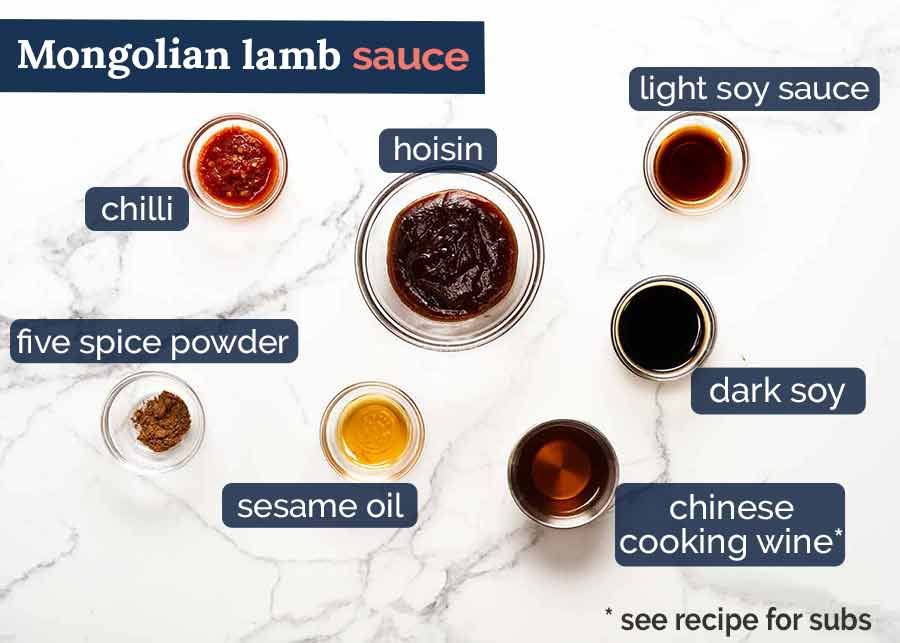
All the important thing components right here characteristic in Tier 1 of my Asian Market Buying Listing!
-
Chinese language 5 Spice Powder – a spice mix of 5 spices (shock horror! 😂), quite common these days, bought at grocery shops and no dearer than different spices. Additionally utilized in Chinese language Beef and Broccoli, Chicken and Broccoli, Sticky Chinese language Wings, Crispy Chinese language Pork Stomach. Search “5 spice powder” for extra recipes (professional tip: click on “Substances” to see all recipes that use it);
-
Hoisin is a key flavouring ingredient for Mongolian Lamb Sauce. Candy with savoury undertones, perfumed with 5 Spice Powder, you’ll discover it within the Asian aisle at any grocery store these days. Lee Kum Kee, Changs or Tung Chun are all good manufacturers – AVOID Ayam. Incorrect color and flavour;
-
Chinese language cooking wine – important for genuine Chinese language restaurant sauces, and this recipe is not any exception! Substitute with: dry sherry, Mirin or low sodium chicken inventory/broth.
-
Chilli paste – I like utilizing Sambal Oelak or Chilli Garlic Sauce as a result of each these have further flavouring in them. However something spicy will do – even Sriracha. This isn’t an excessively spicy dish however Mongolian Lamb does have a little bit of chilli in it;
-
Darkish soy sauce is what makes the sauce a deep mahogany color and provides flavour, whereas gentle soy or all goal soy sauce provides salt with out colouring the sauce extra. Learn extra about soy sauces – Soy Sauce; differing types, when to make use of what, finest substitutes; and
-
Sesame oil, toasted – toasted sesame oil is brown and has extra flavour than untoasted (which is yellow). Default sesame oil bought in Australia is toasted, untoasted is more durable to search out.
What goes within the Mongolian Lamb stir fry
Simply 3 easy issues required for the stir fry!
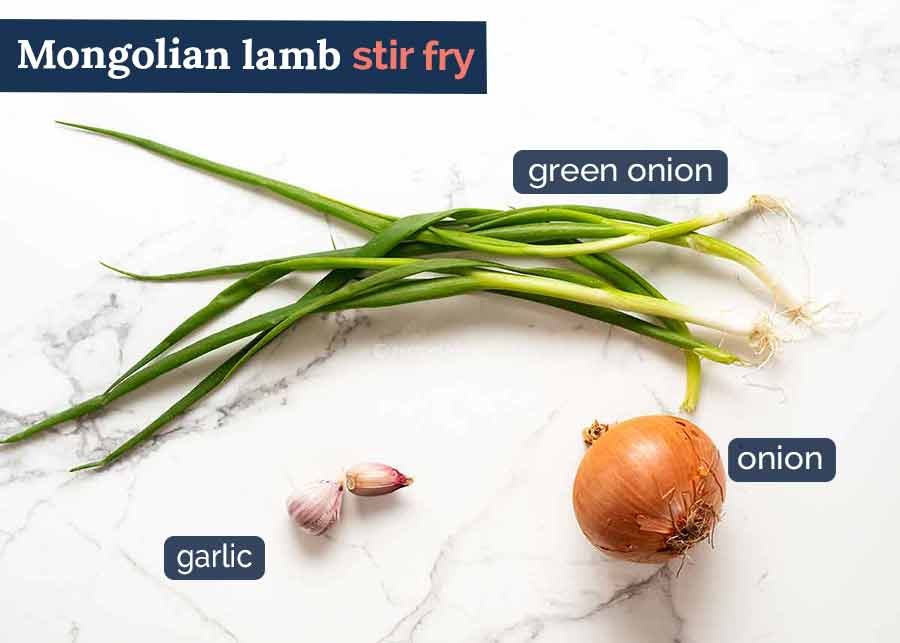
The way to make Mongolian Lamb
Good and easy: marinate the lamb, combine the sauce, then all of it will get cooked in a single wok or skillet in a matter of minutes!
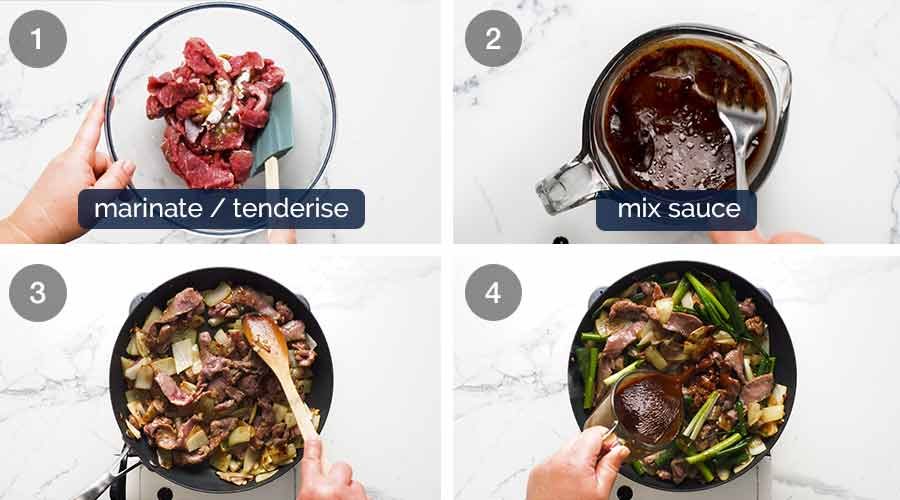
As soon as the sauce goes in, simmer for a minute or two till the sauce thickens superbly, darkish and shiny.
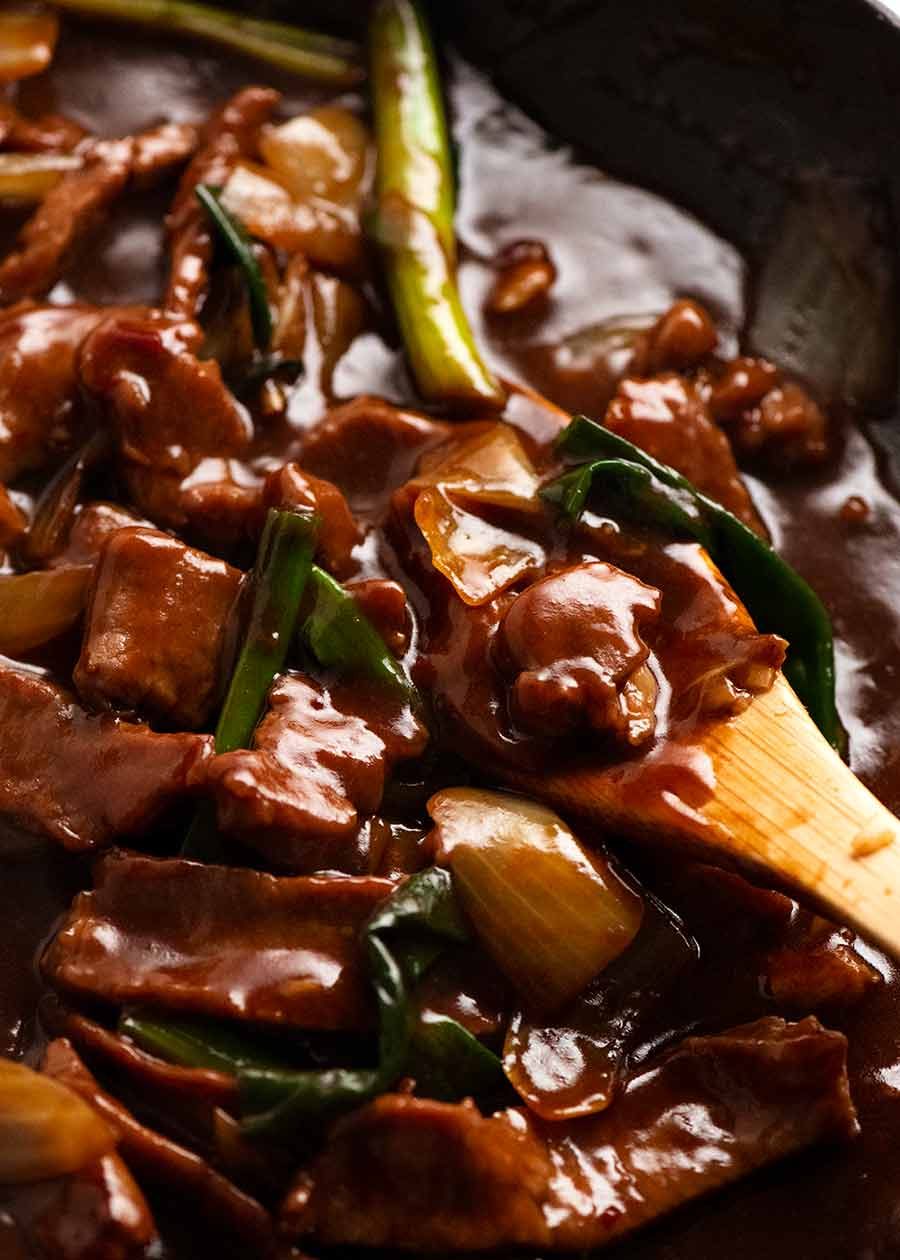
The way to serve Mongolian Lamb
Rice is important as a result of it could be prison not to have the ability to scoop up big spoonfuls of rice soaked in that wickedly good Mongolian Lamb sauce. In case you’re making an attempt the low carb factor (and consider me, I pressure myself onto that bandwagon now and again), cauliflower rice is a wonderful various although if in case you have the time, strive Cauliflower Fried Rice as an alternative (this makes low-carb infinitely extra satisfying).
To your vegetable quota, you possibly can add round 2 cups of greens like carrots and zucchini chopped into batons into this stir fry. Prepare dinner them with the onion earlier than including the lamb as they’ll take longer to cook dinner.
Don’t use broccoli or broccolini as a result of they heads will take in an excessive amount of of the sauce. Sauce hogs!
In any other case, simply chop up recent veggies or steam a pile of any greens and toss with Sesame Dressing or do that sensible salad, Chinese language Lettuce with Creamy Sesame Sauce.
Glorious fast vegetable facet possibility for all issues Asian that I exploit frequently! – Johnsat x
Watch the right way to make it

Ingredients
- 350g / 12 oz lamb meat (backstrap/fillet, mid loin chops, shoulder – or any cut in Note 1) , thinly sliced 2 – 3 mm / 1/10" (boneless weight, fat trimmed)
- 1/2 tsp baking soda (bicarb soda) (tenderiser, Note 2)
- 1 tsp cornflour / cornstarch
- 1 tbsp light soy sauce (or all purpose, Note 3)
- 1 tbsp Chinese cooking wine (Note 4 subs)
- 3 tsp cornflour / cornstarch
- 2 tsp dark soy sauce (Note 3)
- 1 tsp light soy sauce (or all purpose, Note 3)
- 1 1/2 tsp Sambal Oelak or other chilli paste (or omit for no spice)
- 3 tbsp hoisin sauce (I used Lee Kum Kee brand)
- 2 tbsp Chinese cooking wine (Note 4 subs)
- 1/4 tsp Chinese five spice powder (Note 5)
- 3/4 cup water
- 1 tsp sesame oil , toasted (Note 6)
- 2 tbsp vegetable oil (or canola or peanut)
- 1 large onion , cut into large 2.5cm / 1″ squares
- 2 cloves garlic , finely chopped
- 4 green onions , cut into 5cm/2″ lengths
Instructions
- Combine lamb and marinade ingredients, mix very well. Cover and refrigerate to marinate and tenderise the lamb.
- Marinate 2 hours – Backstrap, Midloin chops and other listed Tender Cuts in Note 1.
- Marinate 24 hours – lamb shoulder and other listed Economical Cuts in Note 1. (Bare minimum marinade times is 6 hrs).
- Sauce: Mix cornflour with the soy sauces, then mix in the remaining sauce ingredients. (Note 7)
- Cook onion: Heat oil over high heat in a wok or heavy based skillet. Add onions, and stir fry for 30 seconds until starting to colour. Add garlic and toss through quickly.
- Cook Lamb: Add lamb and cook for 3 minutes until most of it changes from red to brown, and some pieces start getting nice golden brown surfaces.
- Add Sauce: Add green onions, stir for 30 seconds (meat should all now be brown), then add Sauce. Stir and let simmer for 1 – 2 minutes until thickened.
- Serve with rice!
Notes
1. Lamb – any cut you want, ensure you factor in bone and fat to be trimmed, you need 350g/12oz of meat. The more economical the cut, the longer we tenderise, then it’s as tender as expensive cuts!
Note that Mongolian Lamb is excellent made with any of these, it comes down to price, marinating time and convenience of cutting (tender cuts = easier to cut because there’s no sinewy bits to avoid and less fat to cut around).
Tender Cuts – 2 hour marinade:
backstrap / fillet / loin (different name for same cut) – best, most expensive (I use when on sale)
midloin chops – my most used, you need 700g/1.4lb (you lose alot in fat and bone
chump chop and lamb rump (roast or steak) – excellent lean options, cheaper than backstrap. Handy because you can buy small roasts that are around 350g.
cutlets – I never use, too expensive!
Economical Cuts – 24 hour marinade
lamb shoulder – excellent ribbons of fat but need to trim around sinewy bits
leg (steak or roast) – leaner alternative to shoulder
forequarter chops and neck – bit fatty but really great lamb flavour.
Note: Economical cuts can be cooked after as little as a 6 hr marinade, the meat will obviously not be as tender as a 24 hr marinade but it is perfectly within the acceptable bounds of tenderness for a stir fry.
BEEF – excellent made with beef and many restaurants offer the beef version. Follow recipe (including tenderising) using beef cuts as follows:
2 hour marinade – Rump, flank, sirloin/strip/Porterhouse (same thing), t-bone and scotch fillet/boneless rib eye.
24 hours – Chuck beef, gravy beef, oyster beef and other traditional stewing beef, blade, bolar blade. Only cut I do NOT recommend is brisket (doesn’t seem to tenderise well)
2. Baking soda (aka bi carb) – one of the techniques used in Chinese cooking to tenderise meat, making it velvety and soft, and impossible to overcook. Also used for chicken, beef and pork.
Note: astute readers have noted that the baking soda is rinsed off when used for chicken and beef whereas in this recipe it is not. That is because we use less in this recipe, we have other flavours in the marinade, and marinade for longer (chicken is 20 min), and also lamb is a tougher meat than chicken. With the quantity used and all the other flavour going on, you cannot taste the baking soda.
3. Soy sauces – light soy and all purpose soy sauce adds salt and a bit of flavour but doesn’t make sauces very brown. On the other hand, dark soy sauce has a much stronger soy flavour and adds a lot of colour into sauces. Hence why we use a combination of both. Do not use: sweet soy or kecap manis.
4. Chinese Cooking Wine – essential ingredient for a true restaurant quality Mongolian Lamb sauce. Best substitutes (in order of preference: dry sherry, Mirin, Japanese cooking sake.
For non alcoholic, switch half water in sauce for low sodium chicken stock/broth and leave out the Chinese cooking wine.
5. Chinese Five Spice – a spice blend of five spices, very common nowadays, sold at grocery stores and no more expensive than other spices. Also used in Chinese Beef and Broccoli, Chicken and Broccoli, Sticky Chinese Wings, Crispy Chinese Pork Belly. Search “five spice powder” for more recipes (tip: click “Ingredients” to see all recipes that use it);
6. Sesame oil – toasted sesame oil is brown and has more flavour than untoasted (which is yellow). Default sesame oil sold in Australia is toasted, untoasted is harder to find.
7. Cornflour / cornstarch dissolves faster and lump free if you stir it in a little bit of liquid as opposed to lots. So dissolve in the soy sauce first, then mix in everything else.
8. Nutrition per serving, assuming 4 servings. Mongolian Beef only.
